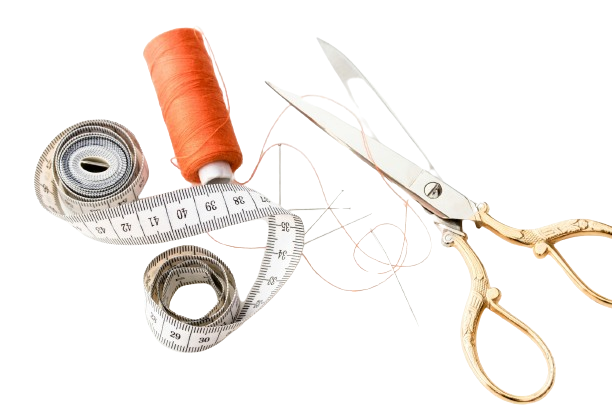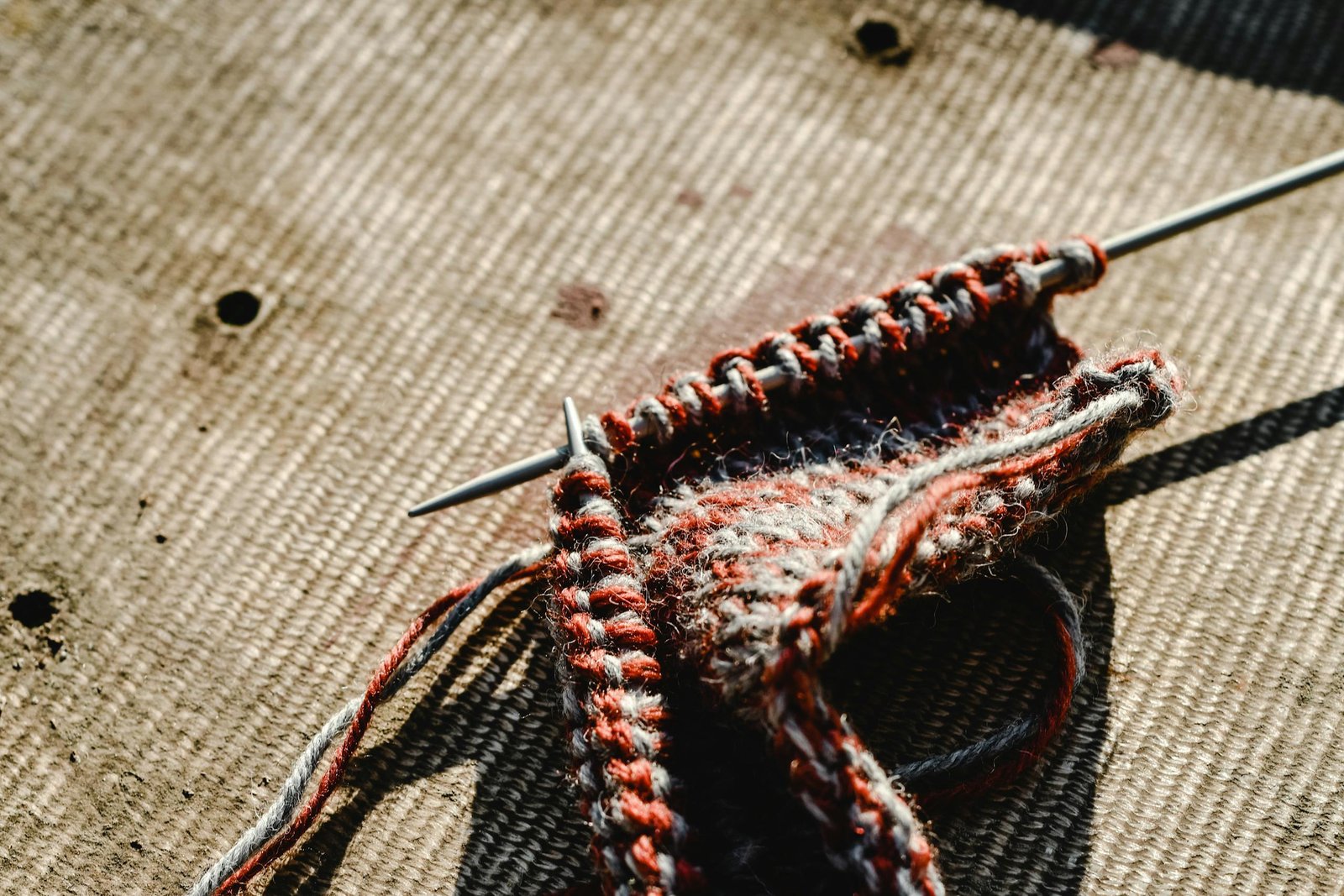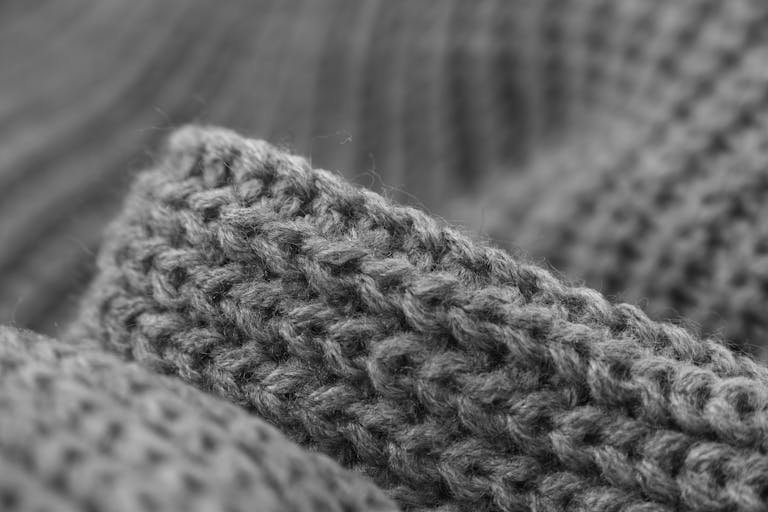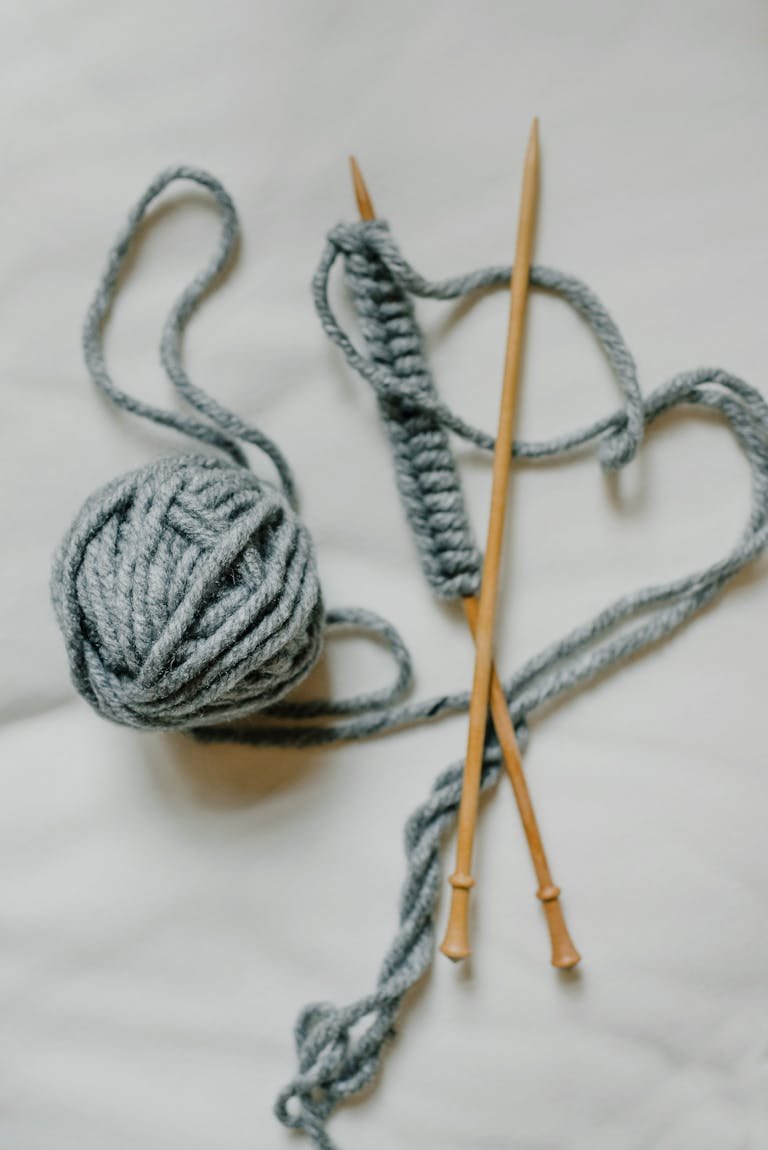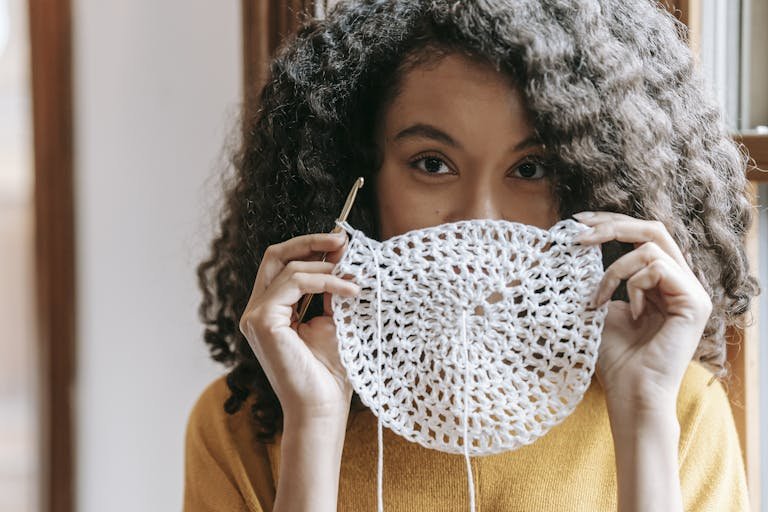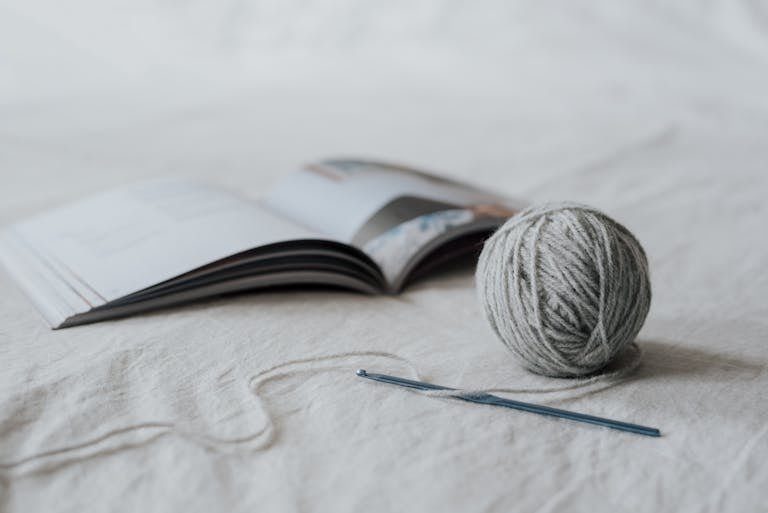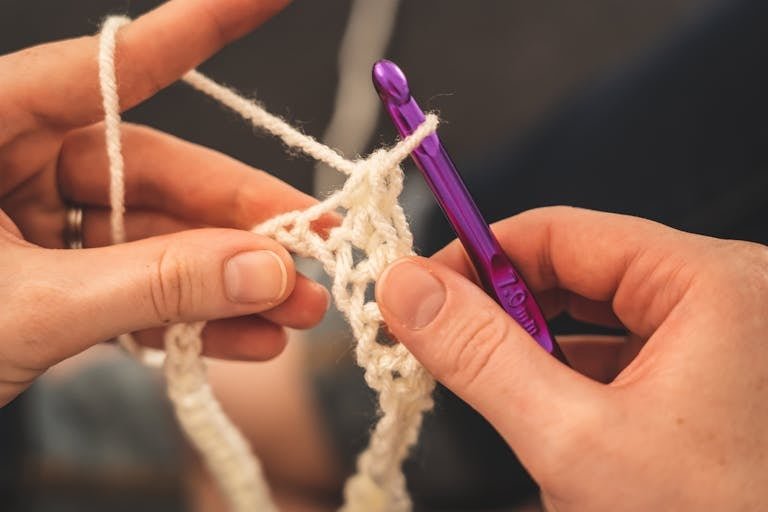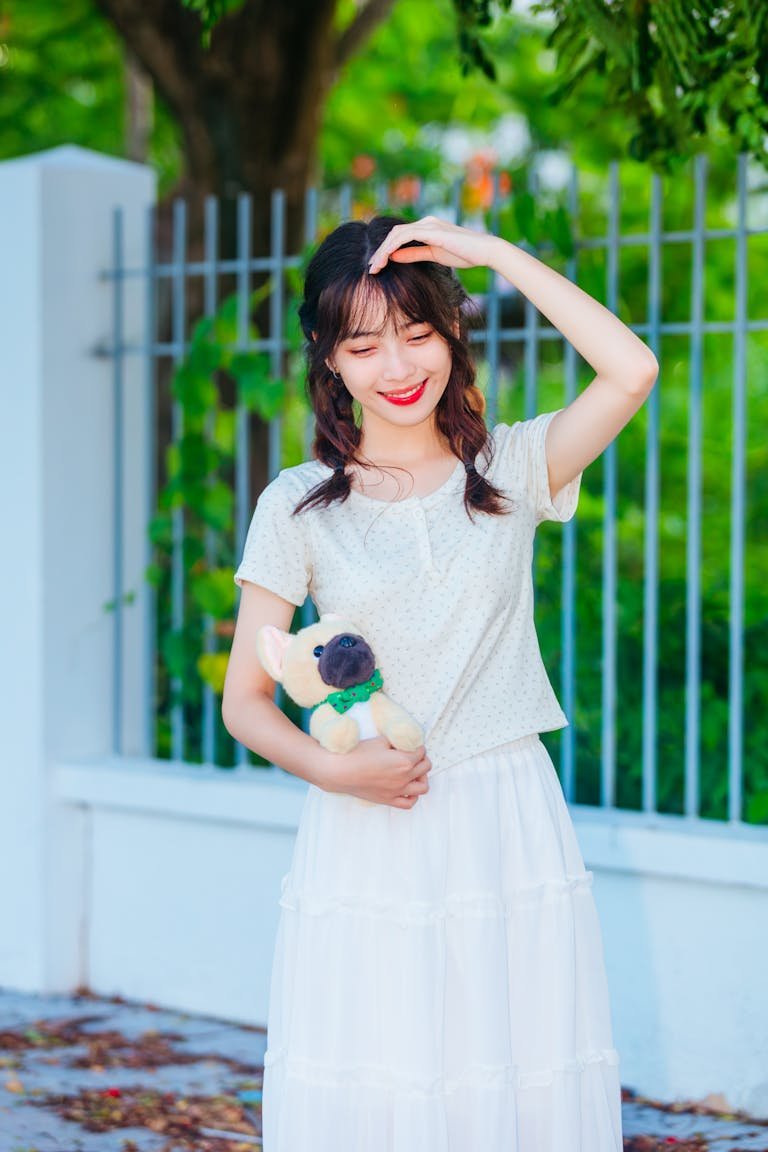What is a Double Treble Stitch (DTR)?
Crocheting is an art form that has been passed down through generations. Whether a beginner or an experienced crocheter, you will often encounter various stitches that add texture, design, and structure to your projects. One of the key stitches I want to introduce you to today is the Double Treble Crochet Stitch, commonly abbreviated as DTR.
In this blog, I will explain a DTR, how you can crochet it, and where it is commonly used in crochet patterns. You’ll also find tips to improve your DTR stitching technique. Let’s dive into the world of DTRs and how this stitch can be a powerful addition to your crochet skills!
What is a Double Treble Stitch (DTR)
The Double Treble Crochet (DTR) is a taller and thicker crochet stitch compared to other basic stitches such as the single crochet (SC) or half-double crochet (HDC). It is a versatile stitch, ideal for adding height, texture, and bulk to your crochet projects.
Characteristics of a DTR
- Taller stitch: The DTR stitch is one of the tallest basic crochet stitches.
- Multiple yarnovers: You create a DTR by wrapping the yarn over your hook multiple times before inserting it into a stitch.
- More loops on the hook: The DTR stitch involves more loops on the hook compared to other stitches, which is why it has a distinctive appearance and feel.
Why Use a Double Treble Stitch
The DTR stitch adds height and thickness to any project, making it ideal for:
- Creating texture: Its height helps create rich and defined textures.
- Lacework: Due to its length, it is often used in lace patterns to form airy, intricate designs.
- Edge finishing: The DTR stitch is commonly used in borders or edgings for a bold, elegant finish.
How to Crochet a Double Treble Crochet (DTR)
Materials You’ll Need
- Yarn: Choose your preferred yarn for practice. I recommend starting with a medium-weight yarn for ease.
- Crochet hook: Make sure to use a hook size suitable for your chosen yarn.
Step-by-Step Instructions
Follow these steps to crochet a Double Treble Crochet (DTR) stitch.
- Yarn Over (YO) Four Times:
- Wrap the yarn over your hook four times. You should have five loops on your crochet hook at this point.
- Insert Hook into Desired Stitch:
- Now, insert the hook into the stitch where you want to place your DTR stitch. This can be in a row of previous stitches or a chain.
- Yarn Over (YO) and Pull Up a Loop:
- Wrap the yarn over your hook once more and pull it through the stitch you just inserted the hook into.
- You should now have six loops on your crochet hook.
- Yarn Over (YO) and Pull Through Two Loops:
- Wrap the yarn over the hook again and pull it through the first two loops on the hook.
- You now have five loops remaining on your hook.
- Repeat Step 4 Four Times:
- Continue to yarn over and pull through two loops at a time, until you only have one loop remaining on your hook.
- Complete the Stitch:
- Once you have only one loop left on your hook, you’ve completed your first DTR stitch!
Repeat these steps to create a full row of DTR stitches.
Read Also: Master Crokinole in Minutes: Beginner’s Ultimate Guide
Common Uses of Double Treble Crochet (DTR) Rows
1. Texture Creation
- Bulk and height: Due to the extra loops and yarn overs involved, DTR stitches add substantial height and thickness to your work, giving it a raised and textured look.
- Textured patterns: DTR stitches are often used in textured patterns to create beautiful, raised designs like waves, chevrons, or complex geometrical forms.
2. Lace Patterns
- Airy and open designs: Because of their tall structure, DTR stitches are perfect for lacework. They create gaps between stitches that give lace patterns a delicate, airy feel.
- Elegant lace borders: Adding DTR rows along the edges of shawls, scarves, or blankets can create an intricate lace border that is visually striking.
3. Edgings and Borders
- Bold finishing touch: Due to the height of the DTR stitch, it is often used in borders and edgings for blankets, shawls, or other projects that need a defined and bold finish.
- Frames crochet designs: Using DTR stitches in edgings can help frame your crochet piece with a neat, elevated edge, which enhances the overall design.
Tips for Working with Double Treble Crochet (DTR) Rows
The DTR stitch might take some time to master, but don’t be discouraged. With the right technique and a few tips, you will quickly become comfortable working with this stitch.
1. Count Your Stitches
- As DTR stitches are taller, it can be easy to lose count of your stitches, which could throw off your row’s alignment. Always keep track of your stitch count to ensure your project maintains its intended size.
2. Adjust Your Tension
- The tension of your yarn plays a big role in how your DTR stitches will look. If your stitches are too tight, the DTR will look compressed and lose its signature height. If too loose, the stitches may look messy. Practice adjusting your tension to find what works best for you.
3. Practice with Swatches
- Before incorporating DTR into a large project, I recommend practicing by creating small swatches. Working with swatches will help you get comfortable with the stitch and give you a better understanding of how it fits into different patterns.
4. Use Markers
- Especially when working with large projects, using stitch markers can help keep track of the start and end of your DTR rows. This ensures consistency and helps avoid mistakes.
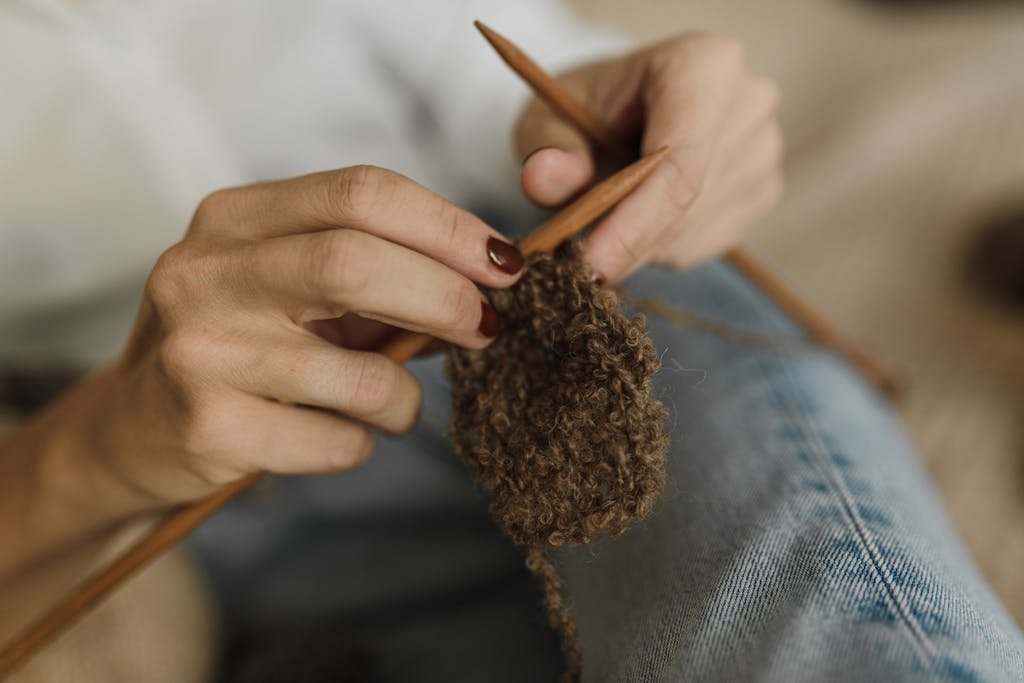
Examples of Projects Using DTR Stitches
Wondering how to incorporate the DTR stitch into your crochet projects? Here are some ideas:
1. Scarves
- Create tall and textured scarves by using DTR stitches in rows or alternating them with other stitches like single crochets for added variety and visual appeal.
2. Blanket Borders
- A DTR stitch is perfect for finishing the edges of blankets. Use it in combination with other decorative stitches to create a bold and elegant border.
3. Shawls and Wraps
- You can use DTR stitches in lace patterns for creating light, airy shawls and wraps. They add both texture and elegance to any wearable crochet item.
4. Doilies and Decorative Pieces
- If you’re working on delicate doilies or table runners, incorporating DTR stitches will give them a raised and intricate design that catches the eye.
Troubleshooting Common Problems with DTR Stitches
Even with practice, you may encounter a few issues when working with DTR stitches. Here’s how to resolve some common problems:
1. Loose or Uneven Stitches
- Solution: Adjust your yarn tension and try to maintain an even flow while working with the yarn. Practice will help you achieve uniform stitches.
2. Losing Track of Stitch Count
- Solution: Use stitch markers or make a habit of counting your stitches after each row to ensure that you have the correct number. It’s easy to miss stitches due to the height of the DTR.
3. Difficulty Pulling Through Loops
- Solution: If pulling through the loops becomes difficult, it may be due to overly tight stitches. Try loosening your tension and giving yourself more room to maneuver the hook.
Read Also: Top 14 Online Stores to Sell Your Jewelry Fast
Conclusion
The Double Treble Crochet (DTR) stitch is a valuable skill to have in your crochet toolkit. It offers texture, height, and elegance to your projects, making it perfect for everything from scarves and blankets to lacework and borders. By mastering the DTR stitch, you’ll unlock new possibilities for adding depth and design to your crochet pieces.
